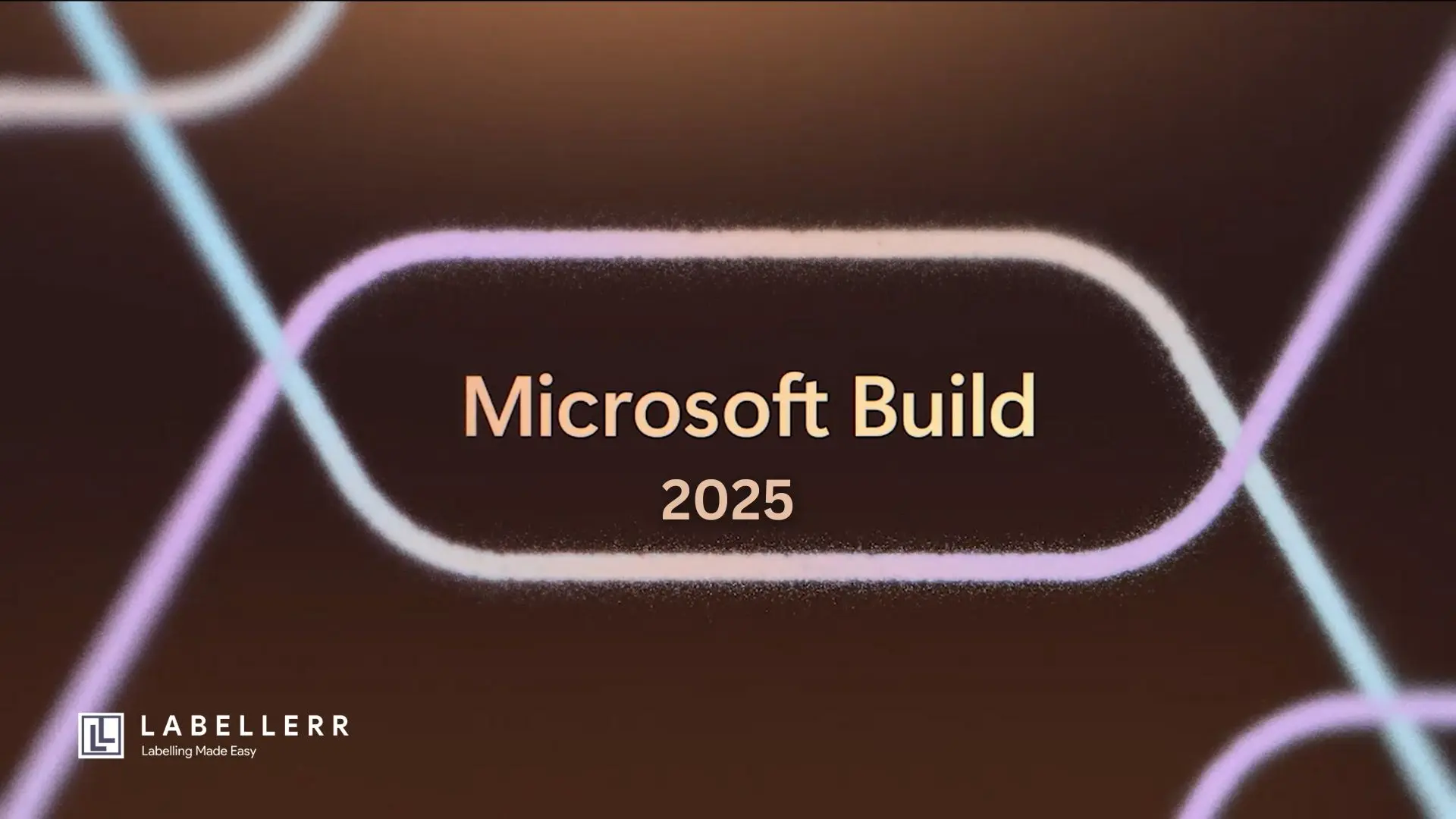Microsoft Build 2025: What You’re Missing If You Skip It
Explore the groundbreaking announcements from Microsoft Build 2025, including advancements in AI agents, developer tools, and cross-device features. Discover how these innovations can impact developers, enterprises, and tech enthusiasts alike.

Microsoft Build 2025 wrapped up in Seattle from May 19-22, 2025 and the message was clear: AI is changing everything.
CEO Satya Nadella kicked off the event, painting a picture of an "agentic web", a future where smart AI assistants, or agents help us with tasks big and small.
"Today, at Build, we showed you how we are building the open agentic web," Nadella said. "It is reshaping every layer of the stack, and our goal is to help every dev build apps and agents that empower people and orgs everywhere".
Why Not Just One Super AI Model?
You might wonder, with powerful AI like GPT-4.1 available, why does Microsoft talk about so many different AI tools and agents? Why not just use one giant AI for everything?
Think of it like building a house. You could try to use one multi-tool for every job – cutting wood, hammering nails, wiring electricity – but it wouldn't be very efficient or produce the best results. Instead, you use specialized tools: a saw for cutting, a hammer for nails, and specific tools for electrical work.
AI is similar. While a large model like GPT-4.1 is incredibly smart and versatile, it's not always the best or most efficient tool for every single task.
- Specialized Skills: Some AI models are better at specific things, like understanding code (GitHub Copilot), managing data (Azure AI), or running efficiently on your local computer (Windows AI Foundry).
- Speed and Cost: Using a massive AI for simple, repetitive tasks can be slow and expensive. Smaller, specialized agents can often do these jobs faster and more cheaply.
- Context is Key: Different agents can be trained with specific knowledge for different areas, like an agent for your work files in Microsoft 365 or an agent specifically for coding.
- Working Together: The real power comes when these specialized AI agents can collaborate, each bringing its strengths to solve bigger problems, this is the heart of the "agentic web".
Microsoft's strategy at Build 2025 showed how they are building this ecosystem of specialized AI tools and agents that can work together, making AI more powerful and useful for everyone.
Key News from Build 2025
Microsoft announced a wave of new AI tools and updates. Here are the highlights:
1. GitHub Copilot
GitHub Copilot, the popular AI tool that helps developers write code, is growing up. It's moving from just suggesting code to becoming a true AI coding agent.
- What it does now: Copilot can understand coding tasks from GitHub issues or directly in VS Code. It can set up its own secure coding environment, analyze existing code, write new code, and even suggest changes by creating draft pull requests. It also keeps a log of what it does so developers can see its work.
- Nadella says: "We are taking GitHub Copilot from being a pair programmer to peer programmer. You now have a full coding agent built right into GitHub".
- Big prediction: Microsoft's CTO, Kevin Scott, thinks that AI could generate 95% of new code within five years.
2. Windows AI Foundry: Making AI Development Easier on Your PC

Windows AI Foundry
Microsoft introduced the Windows AI Foundry, a new toolkit designed to help developers build and run AI models on Windows devices and even Macs. It replaces the Windows Copilot Runtime announced last year.
- What it does: It automatically detects your computer's hardware, helps install what's needed, and supports choosing, fine-tuning, and deploying AI models. This means developers can create AI apps that run directly on your device using its CPU, GPU, or special AI chips (NPUs), as well as the cloud.
3. AI Agents Working Together: The Multi-Agent Framework
Microsoft is making it possible for different AI agents to team up and combine their skills to tackle complex tasks.
- How it works: Copilot Studio (Microsoft's tool for building custom AI assistants) now lets you create systems with multiple agents. These systems use tools like Microsoft 365 Agent Builder and Azure AI Agents Service.
- Smarter agents: These agents can also remember past conversations and interactions, making them more helpful and personalized.
4. Model Context Protocol (MCP): Helping AI Agents Talk to Each Other
Think of MCP as a new universal language for AI agents, like how HTTP is the language for websites.
- What it does: MCP allows AI models to access and use data from different business tools, files, and developer environments. Microsoft, GitHub, OpenAI, and Google are all working on this standard.
- On your PC: Soon, even basic Windows 11 functions like managing files will work as MCP "servers," letting AI agents interact with your computer in new ways.
5. Microsoft 365 and Copilot: More AI for Your Workday
The AI in Microsoft 365 (Word, Excel, Outlook, Teams) is getting better, powered by models like GPT-4o and Microsoft's own MAI models.
- What's new: Expect smarter notifications, the ability for multiple people to work on Power Apps at the same time in real-time, and improved Team Copilot features to help your team work more efficiently. Companies can also customize their Copilots more deeply with their own data and workflows.
6. NLWeb: Making Websites More Conversational
Microsoft introduced Natural Language Web (NLWeb), a project to make it easier for websites to have natural language chat interfaces.
- The idea: Instead of clicking through menus, you could just ask a website a question in plain English, like "Can I return my last order?". This project is led by R.V. Guha, who previously created RSS and Schema.org.
7. Edge Browser Gets On-Device AI Smarts
Microsoft is bringing AI directly into its Edge browser with new experimental AI APIs.
- How it works: Developers can use these APIs to access AI models like Phi 4 mini that run directly on your device. This means AI tasks like solving math problems, helping with writing (generating, summarizing, editing), and soon, translation, can happen locally.
- Why it's cool: Keeping data processing on your device is better for privacy and security.
8. New AI Friends: xAI's Grok Models Come to Azure

xAI's Grok Models Come to Azure
Microsoft is partnering with Elon Musk's xAI to bring the Grok AI models (Grok 3 and Grok 3 mini) to its Azure cloud platform via the Azure AI Foundry. This gives businesses more choices for powerful AI models, with Microsoft's standard support and billing.
9. WSL Goes More Open Source
Microsoft announced that key parts of the Windows Subsystem for Linux (WSL) – which lets developers run Linux tools on Windows – are now open source under the MIT license on GitHub. This means the community can help improve WSL and add new features.
AI in Action: How People Are Using This Tech
Microsoft showcased some impressive examples of these AI tools at work:
- NFL Combine AI Assistant: The NFL used AI agents built on Azure to create a chat assistant for scouts. This tool provides instant player comparisons and data, helping teams make faster, smarter draft decisions.
- Healthcare Advances: Stanford Medicine is using an AI agent system to help doctors prepare for tumor board meetings, where they discuss cancer cases.
- Better Climate Forecasts: The UK Met Office uses Microsoft's Azure supercomputing to improve weather and climate predictions. Microsoft's Aurora AI model can make these predictions up to 5,000 times faster than older methods.
- AI in Education: Teachers in Peru are using Microsoft 365 Copilot Chat to find new ways to teach and engage students.
- Speeding Up Science: Microsoft introduced "Microsoft Discovery," a new AI platform to help scientists manage research, form hypotheses, and run simulations faster.
Microsoft's Big Picture: What's Next for AI?
Microsoft Build 2025 laid out a clear vision:
- AI-Powered Development: AI will do more of the routine coding work, freeing up developers for more creative tasks. Kevin Scott even suggested that AI could write 95% of new code in five years.
- Smarter AI Through Teamwork: Using multiple AI models to check each other's work can lead to more accurate and reliable results.
- AI for Everyone: Microsoft wants to make advanced AI development tools accessible even to people who aren't expert coders.
- Talk to Your Data: The goal is to let people use natural language to ask questions and get insights from their data, no matter where it's stored.
Conclusion
Microsoft Build 2025 showed that the "agentic web" isn't just a futuristic idea – it's starting to happen now.
By creating a powerful ecosystem of specialized AI agents, tools like GitHub Copilot, Windows AI Foundry, and protocols like MCP, Microsoft is giving developers the building blocks for a new generation of AI-powered applications.
This will change how software is made, how businesses operate, and how we all interact with technology.
It's an exciting time for developers and AI enthusiasts, and Microsoft is clearly aiming to be at the forefront of this AI-driven future.
References
FAQs
Q1: What is Microsoft Build 2025?
A: Microsoft Build 2025 is the company's annual developer conference, showcasing the latest in AI, developer tools, and platform innovations.
Q2: What are AI agents, and why are they significant?
A: AI agents are autonomous programs designed to perform tasks on behalf of users. Microsoft emphasized their role in enhancing productivity across platforms.
Q3: How has GitHub Copilot evolved?
A: GitHub Copilot has transformed into a more advanced coding assistant, capable of handling complex tasks and integrating deeper into development workflows.
Q4: What is the Cross Device Resume feature in Windows 11?
A: It's a new feature allowing users to seamlessly continue app sessions between mobile devices and PCs, similar to Apple's Handoff.
Q5: Why should developers and enterprises care about these updates?
A: These innovations streamline development processes, enhance cross-platform integration, and introduce powerful AI tools, making them invaluable for modern tech solutions.

Simplify Your Data Annotation Workflow With Proven Strategies
.png)


